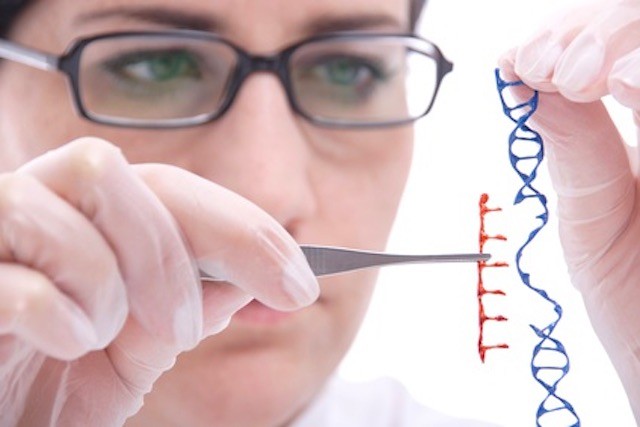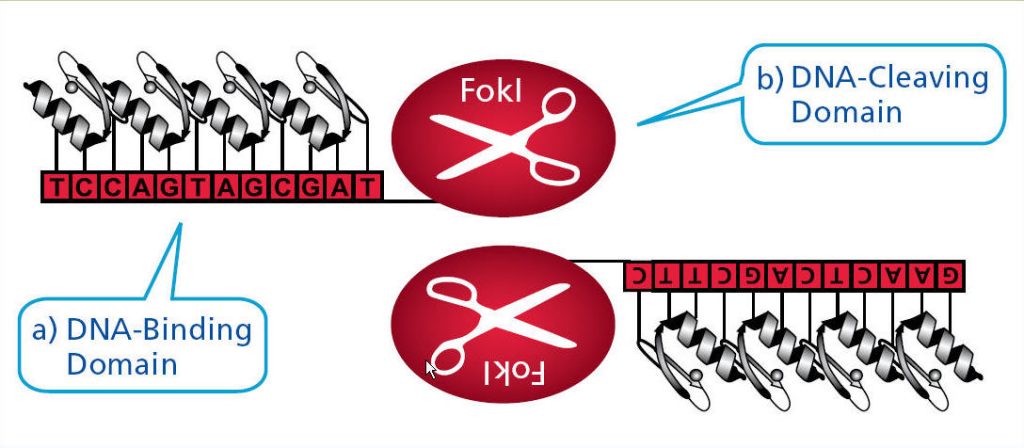Ready or Not Legit Human Gene Editing is Here
Tech October 30, 2023 Damon Mitchell

A group of scientists have used gene editing to cure humans of disease. The patient in question suffers from Hunter syndrome, a disorder affecting humans from childhood, where the body fails to produce an enzyme.
The symptoms are many, but the treatment is weekly intravenous therapy. It’s a pain. Researchers from Sangamo Therapeutics believe they end those therapies, permanently through gene editing.
Here’s the thing: they don’t know if it will work, but this may be the first legitimate attempt to cure someone this way.
Admittedly, we spill tons of ink over gene editing here at Body Hacks because, well, it’s awesome. The exponential developments from mapping the human genome in 2003 to editing them on the fly is a fascinating idea.
The belle of this ball is the CRISPR gene-editing therapies, but there is more out there than CRISPR. In this case, the researchers have used something called Zinc Finger Nuclease (ZFN) genome-editing.
If it works, it will be the first case of curing someone at a genetic level, solving the problem permanently.
Of course, any human being would hope it would work for the patient in question. For science, it doesn’t matter so much if it does. The can of worms is officially open.
New Frontiers

Josiah Zayner, Bad Boy of Biohacking | BoingBoing
This is not the first human to receive a gene-editing injection, but it may be the first legitimate one.
Josiah Zayner, the bad boy of biohacking, recently injected himself in front of an audience with a CRISPR shot intended to edit his genes. The shot, if it works, would block Zayner’s production of myostatin.
Myostatin is the hormone aimed at blocking muscle growth. To date, this writer has read no news of a hulk with bleached bangs performing genetic stunts in front of audiences.
The work at Sangamo isn’t a stunt or an attempt to start a conversation. These researchers want to help someone get off their lame weekly treatment.
“For the first time, a patient has received a therapy intended to precisely edit the DNA of cells directly inside the body,” said Dr Sandy Macrae, CEO of Sangamo Therapeutics, according to Factor. “We are at the start of a new frontier of genomic medicine.”
The scientific community will have to remain on baited breath for the next few months while researchers wait for the results.
Hunter Syndrome

Child with Hunter’s Syndrome | natural-health-news
The long-term effects of Hunter syndrome are not pleasant. At the onset, during infancy, ear infections, colds, and minor problems persist. Most parents will assume it’s the normal afflictions of babyhood.
Then, distorted facial features kick in. The child may suffer hearing loss, heart problems, breathing challenges, eye and skin issues, bones and joint pain, bowel issues, and neurological anomalies.
In short, the whole body can suffer.
Weekly enzyme replacement therapies are the only option. It’s damage control. Sometimes, in the worst cases, systems return in days. Those patients don’t live long lives.
A permanent solution could not only ease their suffering, it could be a boon for the coming age of gene therapy.
Succeed or not, the hope for a successful outcome will only drive the dedicated to try harder.
ZFNs
As stands, we’ve barely scratched the surface of gene editing techniques with CRISPR. Think of this like when scientists first discovered penicillin, but with the internet as a means of communicating the methods and results.
For this application of gene editing, the researchers targeted the liver of the patient with an intravenous infusion. They programmed the ZFN to only unlock once in the liver.
There, if all goes as planned, those ZFNs will go to work rewriting the patient’s DNA as those structures go through the normal repair process.
They call it “Invisible mending,” according to Macrae in an interview with Medical Xpress, “It becomes part of your DNA and is there for the rest of your life.”
If humanity can rewrite the human body at a genetic level to cure one disease, then it’s only a matter of time before researchers tackle other diseases.
Considering the acceleration of gene research, the next five years will be an exciting time, sure, but what’s after that?
Yup… bleached hair hulks running around, everywhere.
Sources: factor-tech.com, apnews.com, inc.com
